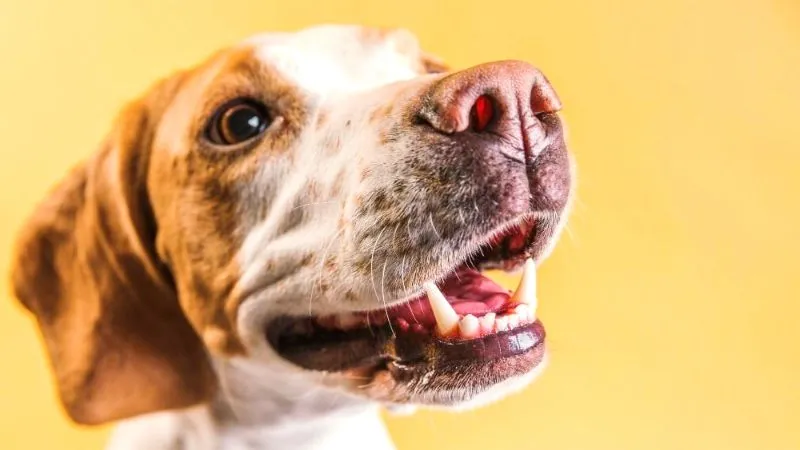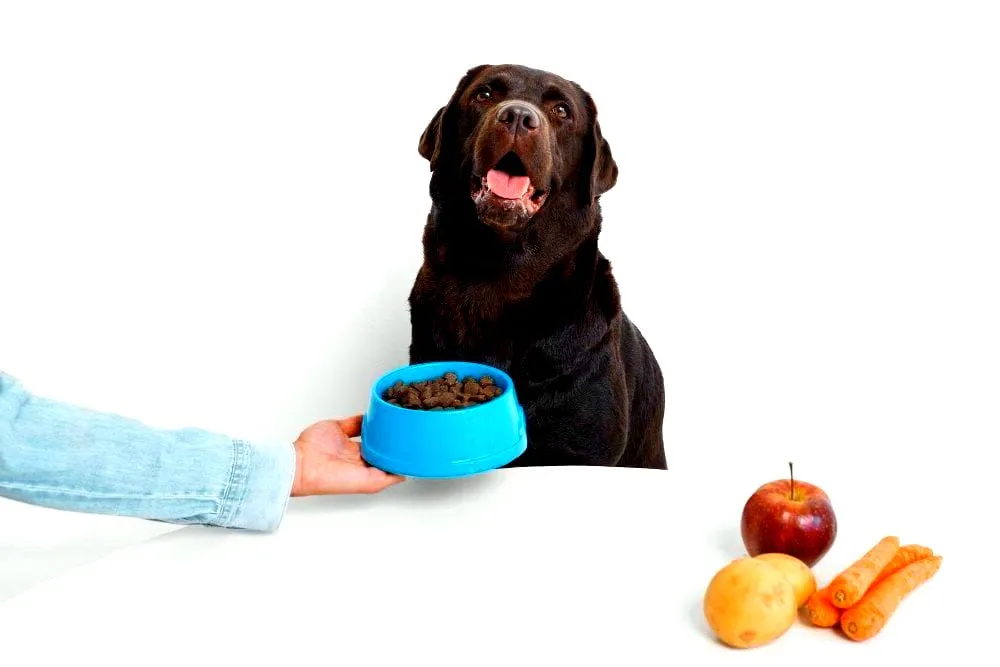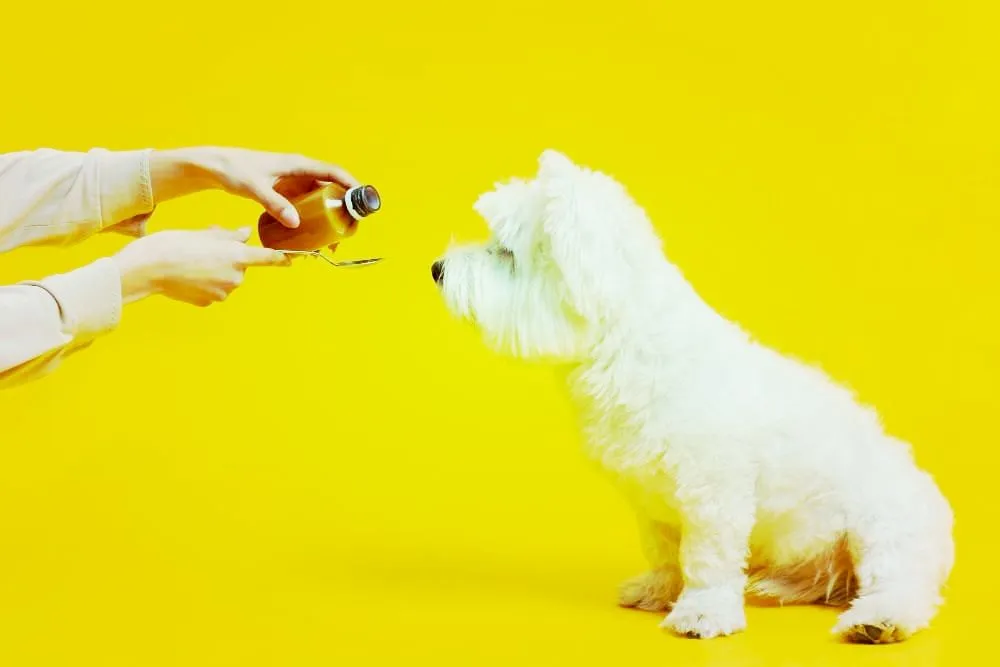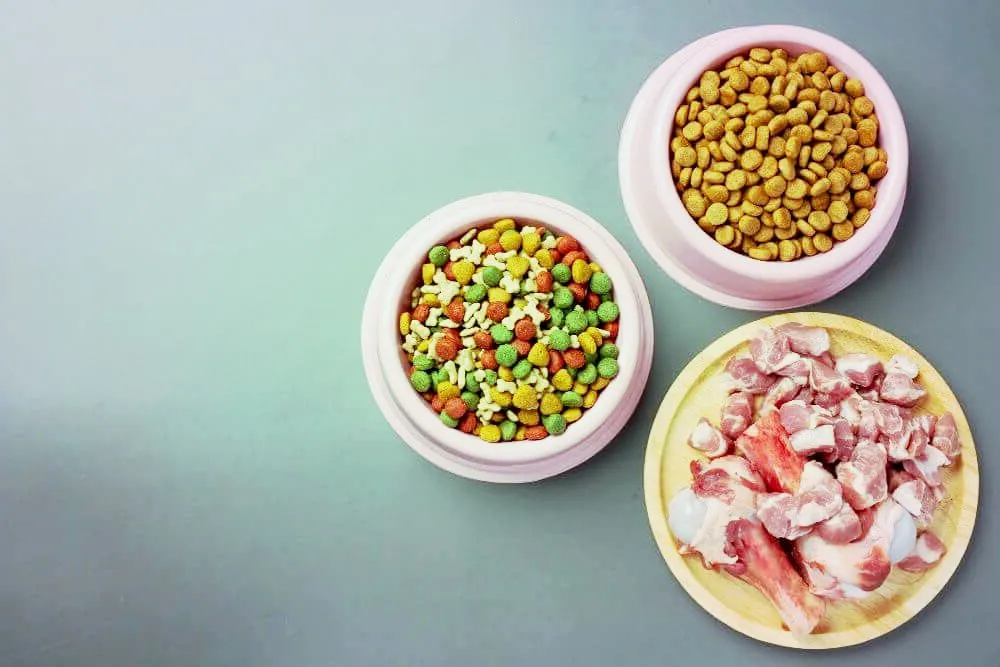
Dogs have 42 teeth total, comprising canines, molars, premolars, and incisors. These teeth are important for chewing, biting, and maintaining overall oral health.
Dogs are known for their adorable faces and charming smiles, but have you ever wondered about the number of teeth they possess? Well, dogs typically have 42 teeth in their mouths, each serving a specific purpose.
Their teeth can be broadly categorized into incisors, canines, premolars, and molars.
These 42 teeth play a crucial role in enabling dogs to perform essential functions such as chewing food, biting onto objects, and maintaining their overall oral health.
Understanding the dental structure of dogs is vital for their well-being and can help pet owners provide appropriate dental care and hygiene practices. So, let’s dive into the world of dog teeth and explore their intriguing characteristics in greater detail.
How Many Teeth Do Adult Dogs Have
Dogs, like humans, also have baby and adult teeth. Puppies typically have 28 baby teeth, which start to erupt at around two to three weeks of age. As they grow, these baby teeth are gradually replaced by adult teeth.
So, how many teeth do adult dogs have?
Well, on average, adult dogs have 42 teeth. These teeth make up canines, molars, premolars, and incisors. Incisors are small, sharp teeth at the front of the mouth used for grabbing and tearing food. Canines are the long, pointed teeth used for holding and tearing prey.
Premolars and molars are situated towards the back of the mouth and are used for grinding food. Maintaining good dental hygiene is essential for dogs.
Regular brushing and professional dental cleanings can help prevent oral health issues and ensure your furry friend keeps a healthy set of teeth throughout their life.
How Many Teeth Do Puppy Dogs Have
Dogs have a set number of teeth that may vary depending on their age. Puppy dogs go through a dental development process similar to humans. At birth, they are toothless, but as they grow, their milk teeth start to come in.
By the time they are around six to eight weeks old, puppies usually have around 28 baby teeth. These primary teeth help them chew and prepare them for their permanent teeth. As the puppies continue to grow, their baby teeth will start falling out, making way for their adult teeth.
By the time a dog is around six to seven months old, they will have a complete set of 42 adult teeth. These adult teeth are stronger and more durable to handle their lifelong chewing needs.
It is important for dog owners to be aware of their pet’s dental development and ensure proper oral hygiene to maintain healthy teeth throughout their dog’s life.
The Four Types Of Teeth
Dogs have a fascinating dental structure with four types of teeth that serve different purposes. The incisors are the small teeth at the front of their mouths, which dogs use for nibbling and grooming. On each side of the incisors are the canines, the sharp teeth that dogs are known for.
These canines are crucial for tearing and gripping food or toys. Moving further back, we find the premolars, which have a flatter surface used for crushing and grinding food. Lastly, the molars, situated at the very back of the mouth, also aid in grinding food.
Understanding the different types of teeth in dogs is essential for their dental care. Regular brushing, dental treats, and routine check-ups with a veterinarian are crucial for maintaining good oral health in our furry friends. By caring for their teeth and gums, we can ensure our dogs live happy and healthy lives.
Why Do Dogs Lose Teeth?
Dogs have a set number of teeth depending on their breed and age. Puppies start off with a set of 28 baby teeth, also known as deciduous teeth. As they grow into adult dogs, they will develop a full set of 42 permanent teeth.
But why do dogs lose teeth? The answer lies in their natural development process. Just like humans, dogs go through a teething stage. During this phase, their baby teeth will gradually loosen and fall out, making way for their adult teeth.
Typically, this process begins around 4 months of age and can continue until they are around 7 months old. However, losing teeth is not only limited to the teething period. In some cases, dogs may lose teeth due to dental issues such as tooth decay, gum disease, or trauma.
Therefore, it is important to keep an eye on your dog’s dental health by providing proper dental care and regular veterinary check-ups. By doing so, you can ensure that your furry friend maintains a healthy and complete set of teeth throughout their life.
Learn Importance Of Taking Care Of Your Dog’s Teeth
Dogs have a total of 42 teeth, which are extremely important for their overall health. Just like humans, dogs need regular dental care to prevent oral problems such as gum disease, tooth decay, and bad breath.
Taking care of your dog’s teeth not only ensures their oral hygiene but also has a positive impact on their overall well-being.
Neglecting dental care can lead to painful infections and tooth loss, affecting their ability to eat and causing them discomfort. To maintain your dog’s oral health, it is essential to establish a dental care routine that includes regular brushing, dental check-ups, and a balanced diet.
Additionally, providing dental chew toys and treats can help reduce plaque and tartar buildup. By focusing on your dog’s dental hygiene, you are promoting good health and happiness for your furry friend.
In Summary
Understanding the number of teeth dogs have is important for their overall health and well-being. With their sharp canines and powerful bite, dogs use their teeth for a variety of purposes, such as chewing, playing, and defending themselves.
By providing proper dental care, including regular brushing and dental check-ups, you can help your furry friend maintain a healthy smile throughout their life.
So, remember to prioritize your dog’s dental hygiene to ensure their happy and healthy life!








